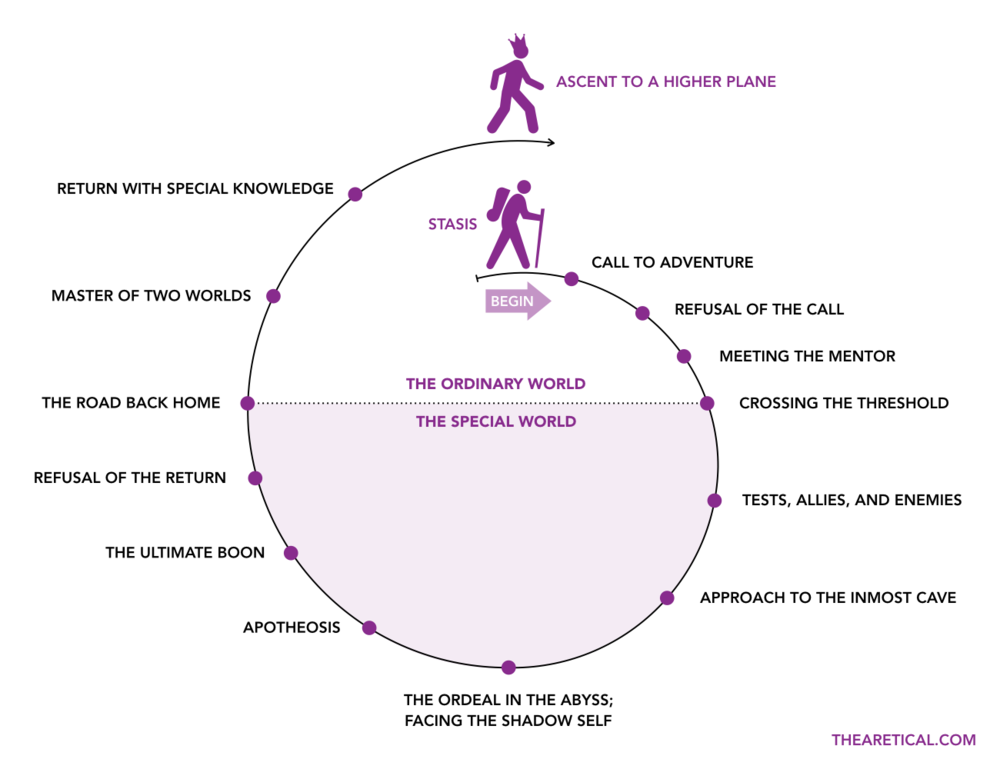- Adam Jacobs
- October 8, 2020
- 10:41 am
- No Comments
Connecting with customers isn't about changing a market. It's about changing a mind.
The rise of the digital landscape has created a lot of noise. Nowadays, it’s estimated that the average person sees up to 5,000 advertisements a day. This puts more pressure on brands to keep up, deploying more content to more channels with more cooks in the kitchen. The side-effect of the rat race is that brands can be left vulnerable to fragmented narratives or an over-reliance on transactional messages that get lost in the noise with consumers.
Consumer expectations for online experiences have become more resilient since the pandemic struck. Brands that win are able to understand these expectations and create relevant narratives that appeal to consumer’s emotions. And the best vehicle to communicate this is through storytelling.
Why emotions? We often like to believe consumer decisions are based on logic and reason, but at the end of the day, intuition drives more of the decision-making process than we care to admit. According to a Gensler Brand Engagement Study, 94% of consumers said they would be likely to recommend a brand they were emotionally engaged with. Data also shows that connected consumers spend more. Emotions motivate actions. Stories motivate emotions.
70% of users who feel a connection to a brand spend twice as much as those who don't.
So, how do we tell stories that connect with the needs of our target audiences? How can we use that understanding to position our brand and product(s) in a way that changes consumer behavior? The solution has been with us for thousands of years, engrained in how humans see the world. It forms the plot behind just about every movie you’ve ever watched, the bedtime stories you were told as a kid, your favorite news segments. The answer: The Hero’s Journey.
The Hero’s Journey Narrative (Customer Journey)
A hero (customer) encounters a problem. The hero sets out on a journey to find a solution. The hero finds a solution (your brand/product). The audience establishes an emotional connection with the hero throughout the journey and shares in the hero’s joyous victory. Sound familiar? This age-old framework can be distilled down to three foundational ingredients:
- Find the hurt
- Amplify the pain
- Offer a solution (your product/service)

The identity of a brand/product and consecutive value propositions should be built upon the same framework.
When thinking about how to position your brand, creating businesses pitches or even branding yourself as a professional, start by asking yourself these 10 questions.
10 Questions to Define Your Brand Story and Value Propositions
- What do you do better than anyone else?
- Who should/will care? Identify the top 3 audiences/stakeholders in order of priority.
- What does each audience really want/need?
- Why do they want/need it?
- What is keeping them from having it?
- How are you equipped to help them get it?
- What specific actions are you going to do to deliver this desired result? This is the consumer journey part.
- What does success LOOK like?
- What does success FEEL like?
- How can you continue to grow their brand loyalty or belief in the company/product/service to keep them coming back?
Answering these questions will allow you to cut through the marketing fluff and home-in on the essence of your brand, the value of your service/product, and, most importantly, allow you to get inside the mindset of your ideal customer.
Even if you’re not in charge of branding, this can be a valuable, ongoing exercise for your planning toolkit.

